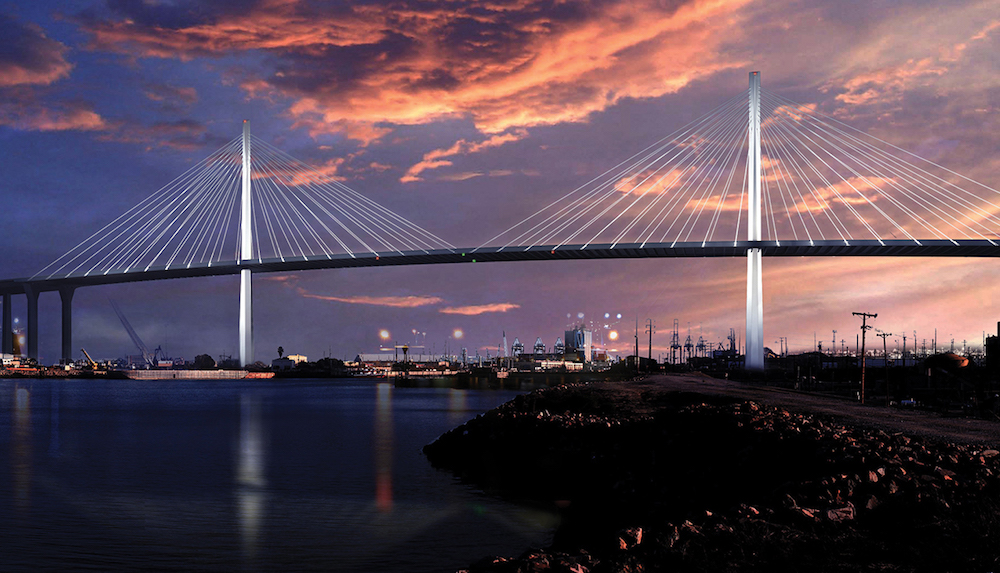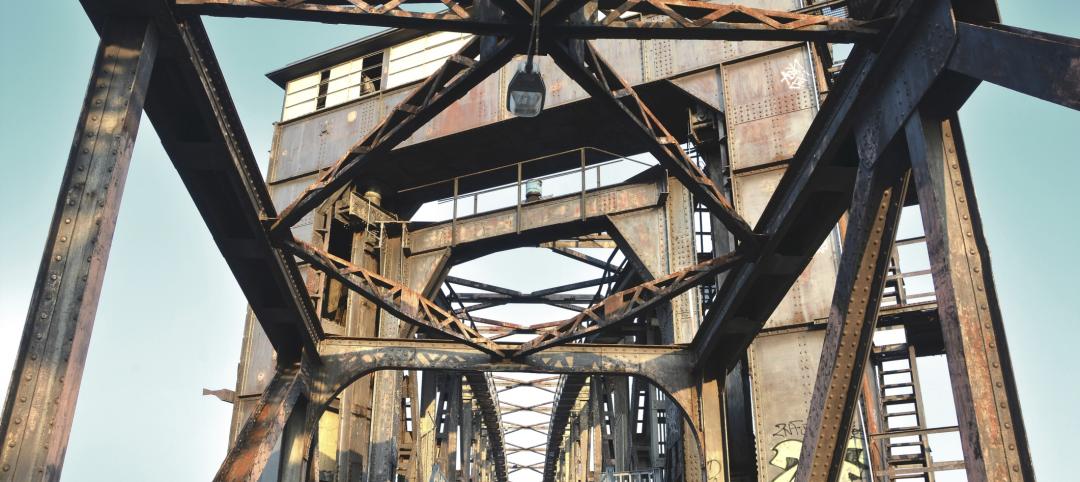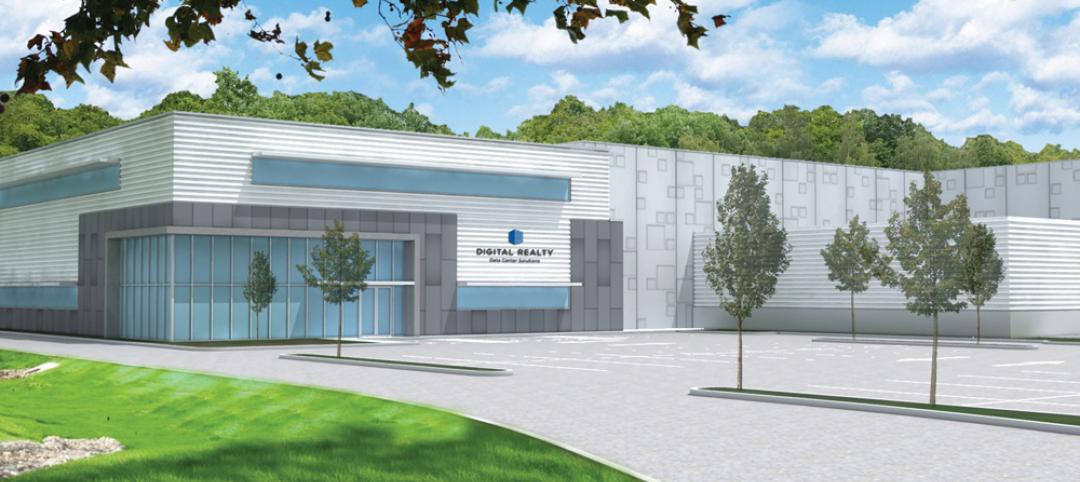It’s still faster and more cost effective to ship to most parts of the U.S. from West Coast ports than through the Panama Canal, according to a report from CBRE. The Journal of Commerce recently noted that West Coast ports have bounced back from last year’s prolonged longshoremen’s strike and have regained their customary share of containerized imports.
An expanded Panama Canal will cap cargo capacity per vessel at 13,000-14,000 TEU (a measure of container capacity), whereas western ports can already accept vessels with capacities up to 18,000 TEU, according to Dr. Noel Hacegaba, PPM, CPE, Managing Director–Commercial Operations for the Port of Long Beach, Calif.
THE PANAMAX EFFECT
Cities lining the East Coast and Gulf Coast are spending big bucks to accommodate the larger vessels that will cross a wider and deeper Panama Canal.
Last year, Long Beach handled 7.2 million containers, the third best year in its history. Hacegaba says that the Panama Canal expansion might even increase the flow of goods from east to west, especially from eastern South America. “The expansion gives suppliers alternatives,” he says.
Long Beach projects a 4% annual increase in container volume over the next several years. The port is in the midst of a $4 billion infrastructure upgrade over the next decade. Improvements include a fully automated, $1.3 billion Middle Harbor terminal capable of handling 3.3 million TEU. The port is also replacing the 50-year-old Gerald Desmond Bridge—over which 15% of the nation’s goods travel—at a cost of $1.5 billion.
Hacegaba says about 30% of containers leave Long Beach by rail. The port wants to increase rail traffic to 50% to take advantage of rail’s efficiency and environmental cleanliness compared to other transport modes. Long Beach is exploring a short-haul rail operation and an inland container yard.
Hacegaba says 18 million sf of warehouse space lies within 100 miles of the Port of Long Beach, and more is being built. “The port is an economic engine for the Inland Empire,” he says.
Related Stories
| Jul 7, 2014
7 emerging design trends in brick buildings
From wild architectural shapes to unique color blends and pattern arrangements, these projects demonstrate the design possibilities of brick.
| Jul 2, 2014
Emerging trends in commercial flooring
Rectangular tiles, digital graphic applications, the resurgence of terrazzo, and product transparency headline today’s commercial flooring trends.
| Jun 30, 2014
Report recommends making infrastructure upgrades a cabinet-level priority
The ASCE estimates that $3.6 trillion must be invested by 2020 to make critically needed upgrades and expansions of national infrastructure—and avoid trillions of dollars in lost business sales, exports, disposable income, and GDP.
Sponsored | | Jun 27, 2014
SAFTI FIRST Now Offers GPX Framing with Sunshade Connectors
For the Doolittle Maintenance Facility, SAFTI FIRST provided 60 minute, fire resistive wall openings in the exterior using SuperLite II-XL 60 insulated with low-e glazing in GPX Framing with a clear anodized finish.
| Jun 18, 2014
Arup uses 3D printing to fabricate one-of-a-kind structural steel components
The firm's research shows that 3D printing has the potential to reduce costs, cut waste, and slash the carbon footprint of the construction sector.
| Jun 16, 2014
6 U.S. cities at the forefront of innovation districts
A new Brookings Institution study records the emergence of “competitive places that are also cool spaces.”
| Jun 12, 2014
Austrian university develops 'inflatable' concrete dome method
Constructing a concrete dome is a costly process, but this may change soon. A team from the Vienna University of Technology has developed a method that allows concrete domes to form with the use of air and steel cables instead of expensive, timber supporting structures.
| May 29, 2014
7 cost-effective ways to make U.S. infrastructure more resilient
Moving critical elements to higher ground and designing for longer lifespans are just some of the ways cities and governments can make infrastructure more resilient to natural disasters and climate change, writes Richard Cavallaro, President of Skanska USA Civil.
| May 26, 2014
New Jersey data centers will manage loads with pods
The two data center facilities totaling almost 430,000 sf for owner Digital Realty Trust will use the company's TK-Flex planning module, allowing for 24 pods.
| May 22, 2014
BIM-driven prototype turns data centers into a kit of parts
Data center design specialist SPARCH creates a modular scheme for solutions provider Digital Realty.
















